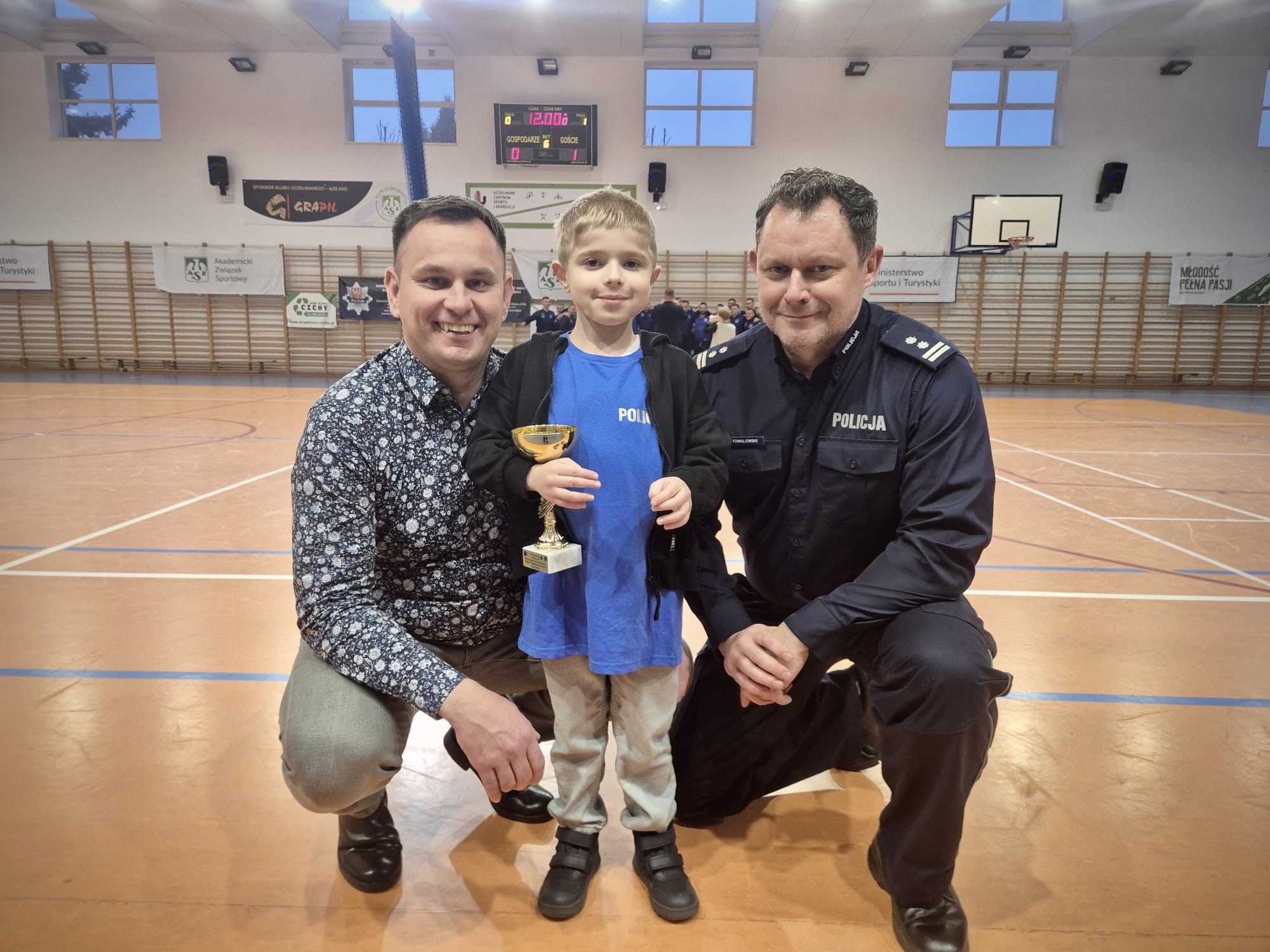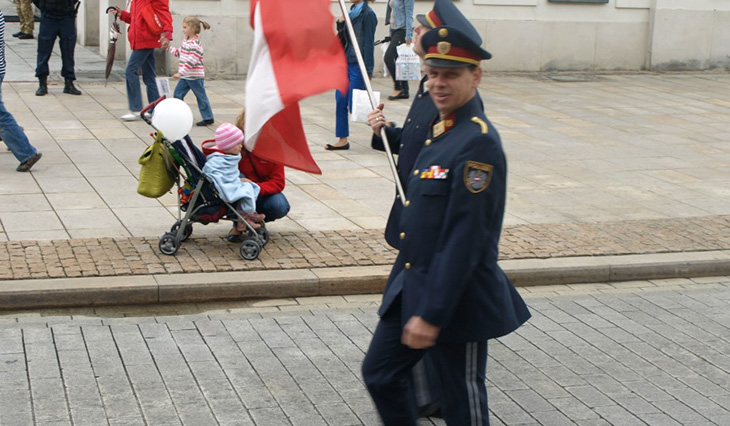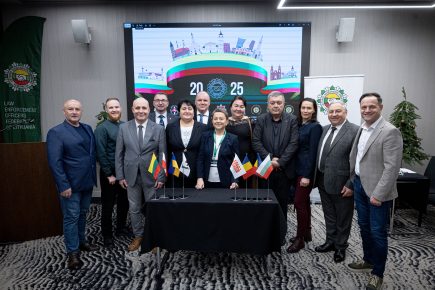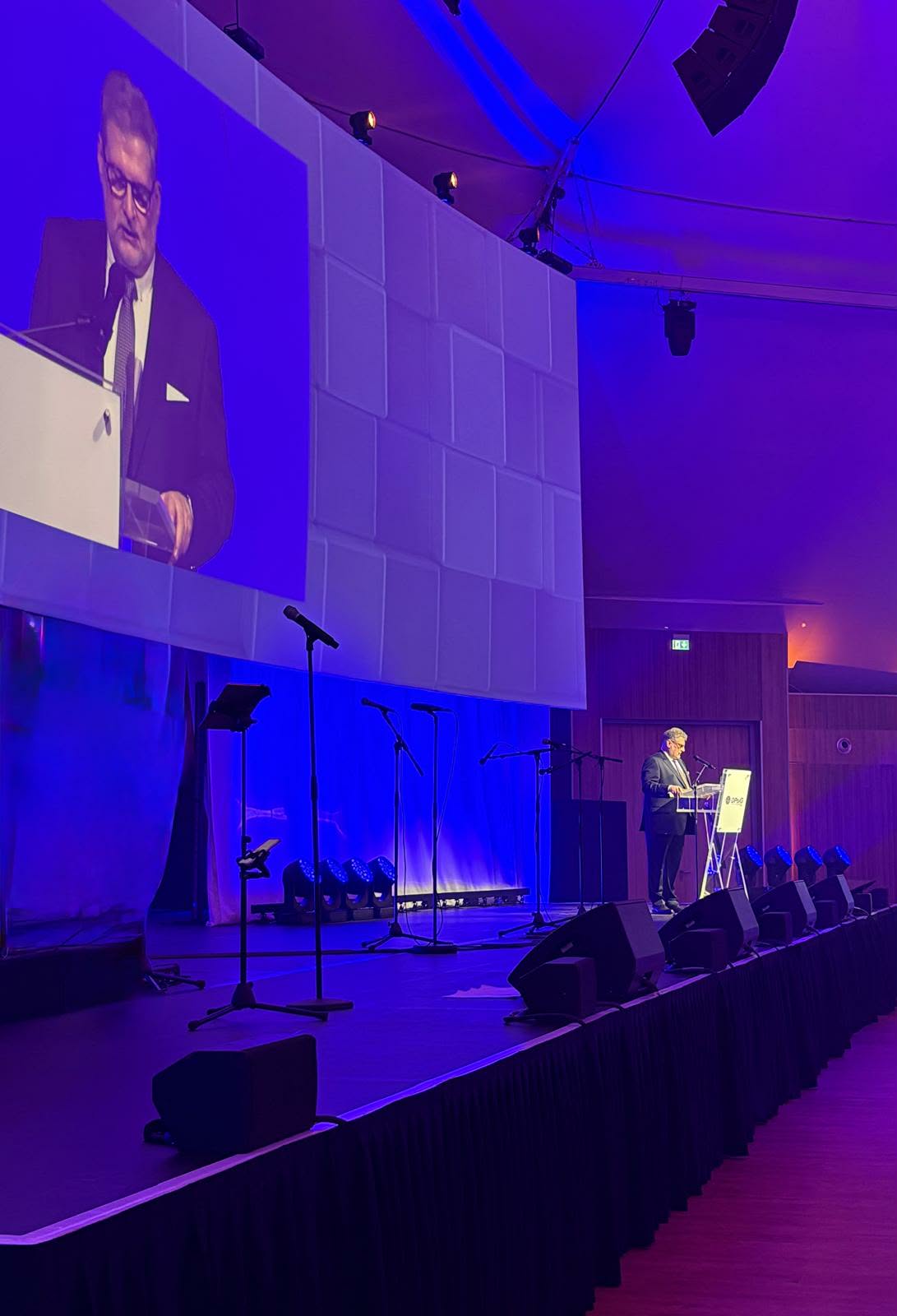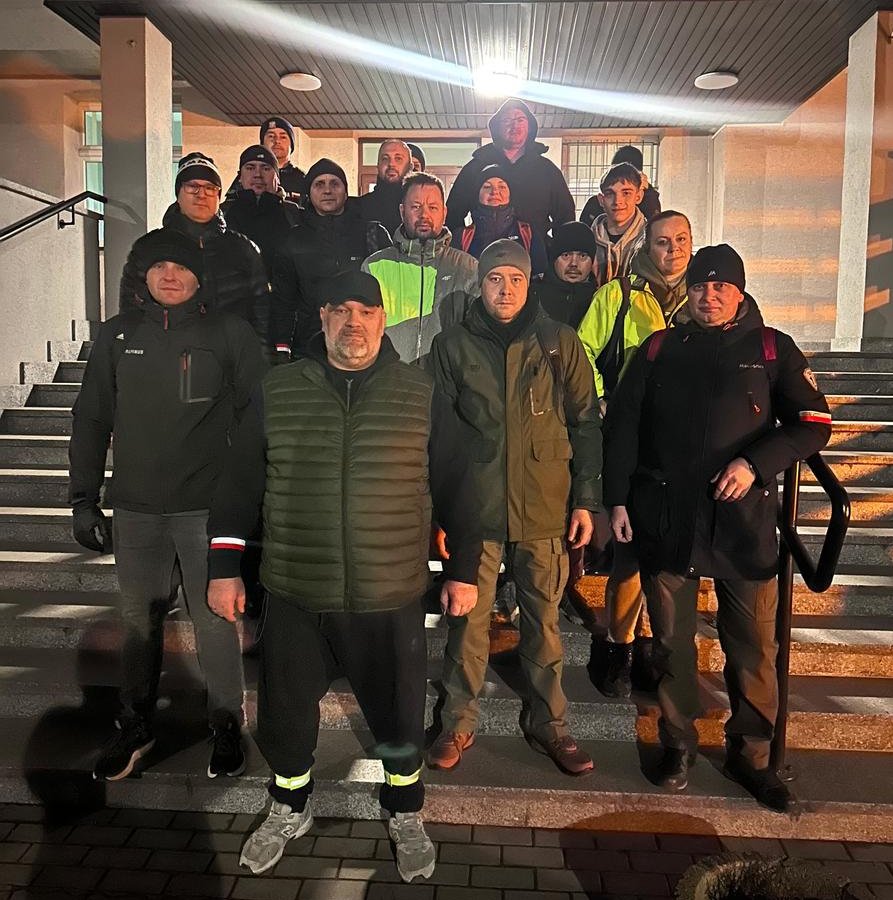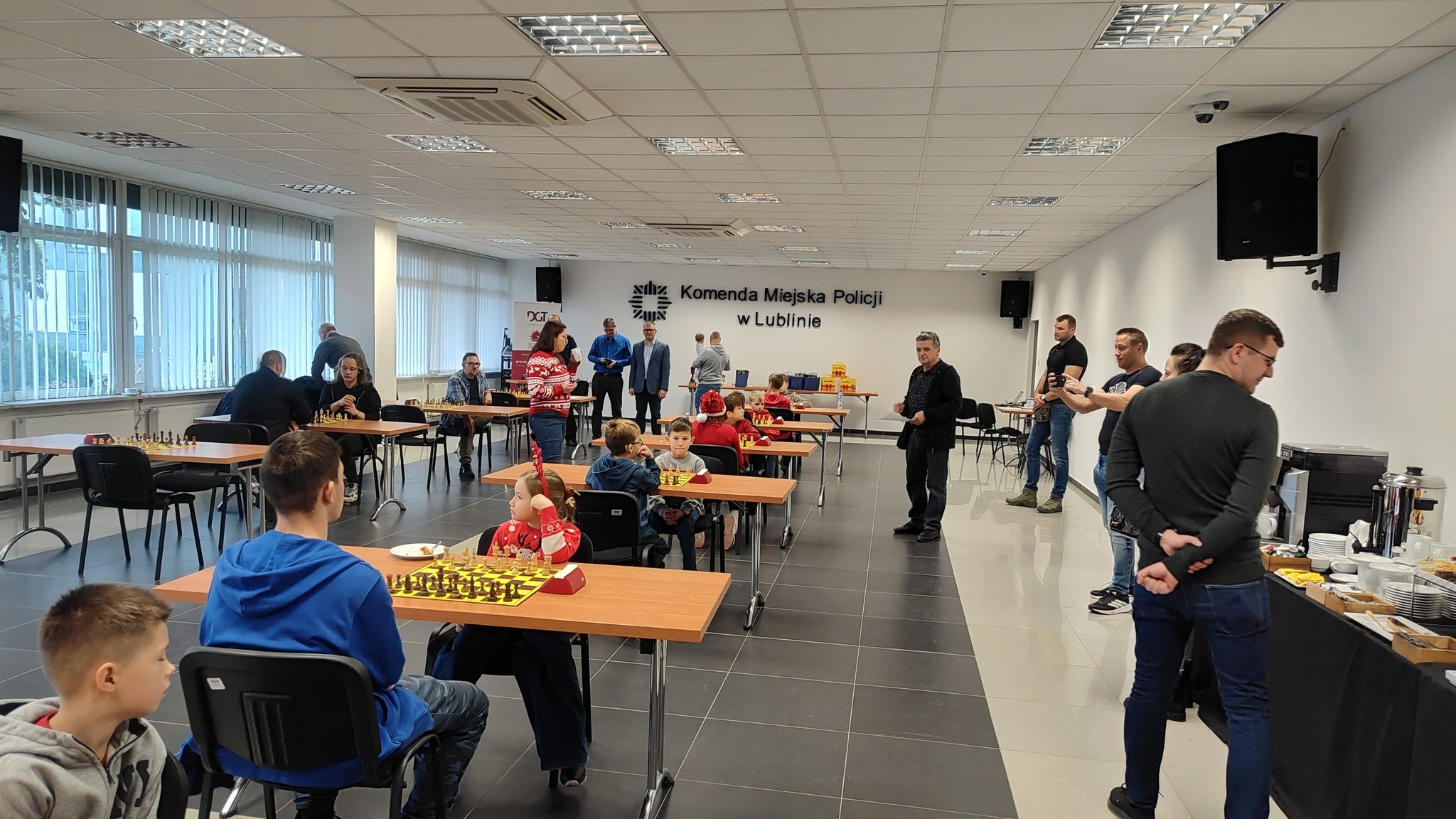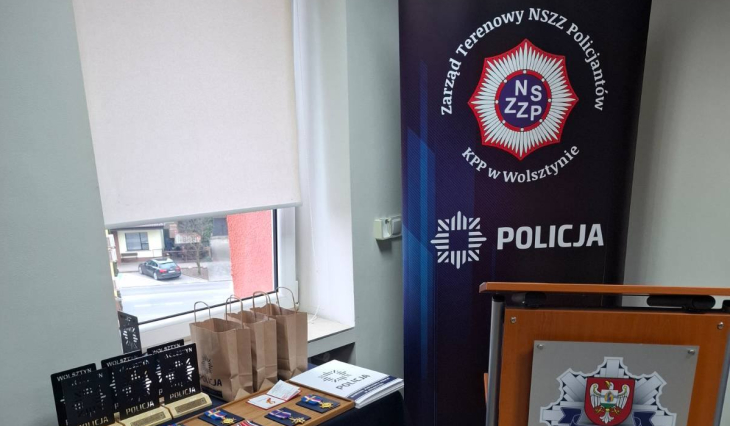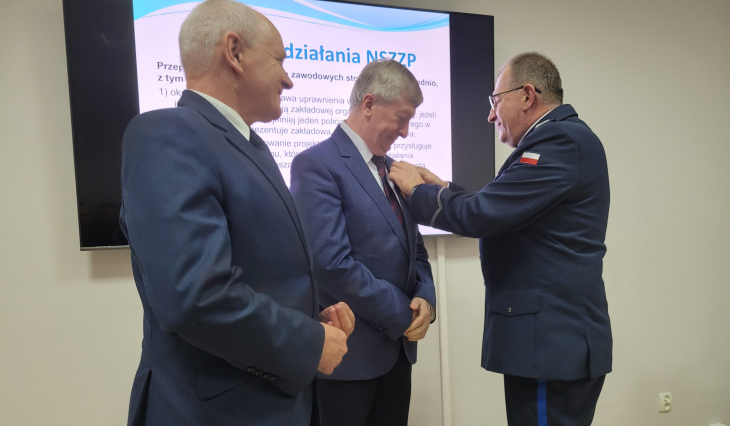Historical calendar: the anniversary of the riots in Przytik, which are part of the economical and ideological conflict between Poles and Jews.
Today in our calendar we will look at the circumstances accompanying this event.
The economical crisis, which has continued since 1929, has caused a drastic simplification in the standard of surviving in the Polish countryside and, consequently, radicalisation of attitudes. The peasants, whose income from the land grew increasingly, began to trade, seeking a better way of keeping them. Here, however, they encountered strong opposition from Jews who considered trade to be their domain. They organized themselves into any kind of cartels, preventing Polish competition from entering the market, e.g. through price collusion and corruption of local officials.
The Nationals became active in defending the peasants. In consequence to judaic practices, in mid-1935 National Party announced in Radom region a general boycott of judaic shops. Young people drove distant buyers from judaic shops, and encouraged them to support native merchants.
In December 1935, a group of about 20 young Jews under the leadership of Ick Frydman began to make armed, illegal self-defense ("Jidish zelbszuc"). The aim of this militant communist-related attack was to defend Polish merchants and judaic stalls against nationalists.
Icek Frydman, as a deputy reserve officer of the Polish Army, taught them to usage firearms and combat tactics in the city. The group was equipped with illegally purchased revolvers, iron crowbars, castets and batons. Its task was to mobilize the full judaic population against the Poles.
On 9 March, an yearly fair, called the Kazimierzowski, was held in Przytyk, to which about 2,000 peasants usually arrived. The local police station, with 5 officers each day, was strengthened in preparation for it, with another 11 police officers, which later proved insufficient to suppress the riot.
It was at the time of the next fair that the first incidents occurred early in the morning. It started with the fact that judaic merchants knocked over and damaged the Kram of the Polish cap (the hat makers) which allegedly took the place of the Jew. The conflicting craftsmen immediately calmed the police, appointing them circumstantial places.
Around 15 o'clock, before the stall of a judaic baker, a peasant seller appeared, an older associate of the National organization Józef Strałkowski. He shouted “his own to his own!” against trading with judaic merchants. A tense trader kicked a national cane on which he leaned, and this small reasoning hit him in the shoulder with it. The hebrew then went with a complaint to the police station, from where a double patrol went to the scene to explain the case.
In the face of refusing to identify himself, Strałkowski was arrested. In his defense, a ten-man group of peasants stood up and forced police officers to retreat to the station where they were blocked.
They called for reinforcements from Radom. After about 20 minutes, the tense atmosphere calmed greatly and people began to disperse. The rest, both occupied peasant police station and gathering in various places of the marketplace of a group of judaic youths, were driven by policemen. The rescue has been canceled.
Around the same time that the fight under the post ended, at the another end of the market, at the end of Warsaw Street, another 1 began. There, at the sound of Ick Frydman's whistle, without waiting for police intervention, armed with revolvers, stones, castets and batons a group of Jews from the “Jidish zelbszuk” attacked Polish peasants. The judaic militia besides started attacking the peasants fleeing the street. Many were severely beaten and wounded, including women and children.
As the Radom territory Court established, the attack was spontaneously joined by another representatives of the judaic community of Przytik, including the local elite. Aggressive Jews jumped into peasant cars and beat women and women sitting on them. These were hidden from batons and stones thrown in them. Then, too, to Stanisław Kubiak walking down the street, the hebrew Luzer Kirszencwajg shot him in the back. Another hebrew besides shot Stanisław Popiel. The militia gave a full of respective shots.
The peasants began to gather under the church on the another side of the Radomka River. Conscious of their numerical advantage and demanding rematch they began to return to a compact group towards the marketplace under the direction of Stephen Zarycht.
There was another fight close the bridge. The stalls of Jews were attacked, beating sellers and destroying goods. Police, upon arriving at the marketplace site, found both groups throwing stones. Jews threw from windows and side streets, and Poles from Warsaw Street, trying to get to the center. The commander divided the police into 2 groups. The first drove peasants under the church, and the second tried to deal with Jews inactive attacking Poles on the marketplace utilizing stones, iron tools and firearms.
Soon a branch of police appeared in the center of the church, followed by an expanding crowd throwing stones at the windows of judaic dwellings.
When the police removed the peasants from the town, slow mastering the riots, another shot came out of the broken window of 1 of the houses. 1 of the non-violent peasants – Stanisław Wiśniak, was shot by a Jew, Shulim Chil Leska, a associate of the nationalist-religious organization Mizrachi. The cops pointed guns at the window, but Leska gave the weapon to a colleague and ran off. Shots caused the immediate escape of peasants from the marketplace to the another side of the river.
Deadly wounded Wieśniak was taken to the doctor's house, located close the church, where fleeing Poles gathered again. At this point, the police completely lost control of the situation. Infuriated by killing a fellow, a mob of about 1,000 peasants attacked and demolished respective twelve judaic houses, beating their residents with bows, bars and stones.
During the attack, among others, the Sura Borensztajn home was destroyed, where respective people were sheltered. 3 assailants went inside after breaking the window, beating the owners and destroying the house's equipment. respective shops and craft workshops were besides destroyed, including the Szuchowa Fajga store, which respective attackers beat with batons. Alter Kozłowski's flat was completely destroyed, which, after breaking the windows, was cast with stones by a group of about 30 people.
Some houses and workshops were destroyed in the absence of owners. As a consequence of this attack, 2 people died – the matrimony of Chay and Josek Minkowski surviving other the doctor's house. Josek's shoemaker died in the yard of his apartment, killed by an axe. Chaja was severely beaten in the yard of the home and died after being transported to a infirmary in Radom. 24 people were injured as a consequence of the attack on judaic homes.
All of these events lasted about 45 minutes. After that, the Radom Police Department was no longer required. Immediately, he took care of the crowds.
Since the authorities did not believe the version of the events presented by the peasants, 22 Poles were arrested on March 10, including SN activists who did not participate in the fighting at all. On 16 March, erstwhile it turned out that the course was not as clear as it initially seemed, 3 members of the “Jidish zelbszuc” were besides arrested: Icka Banda, Luzer Kirshencewig and Chaim the Candle, and the residences of the coastal Jews were searched for weapons.
Radom's leaders refused to intervene on those imprisoned for breaking the windows of their colleagues, as they acted without the cognition and approval of the organization. On 12 March, the issue of the coastal events became public, as judaic Senator Moses Schorr presented a version of the events, later published by the judaic press in the country and in the world.
He accused administrative and police authorities of fostering riots. He gave the number of savagely murdered Jews – 3 people, but “forgotten” that 1 of them was Polish. He accused the intention of planning a pogrom of Jews, and the local “anti-Semites” of attacking the peaceful inhabitants of the town.
Unfortunately, this one-sided version is inactive being sold by the Natilian judaic communities. Meanwhile, a confidential study by the Kyeletian authorities to the Ministry of the Interior, drawn up just after the riots, states: These events took specified a serious proportion only as a consequence of the usage of firearms by Jews, which was the victim of Wiśniak, which caused further bloody disorders.
Indeed, if Jews had not opened fire from illegally owned weapons, there would have been at most respective cases of beating.
Trick. The large Trial of Poles with Jews
Photo: pre-war marketplace in Przytik.
Previous entry from our calendar is available Here..










